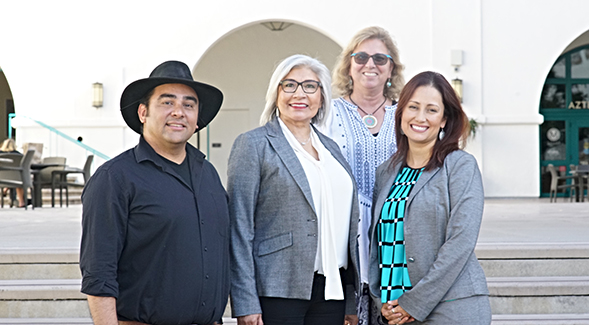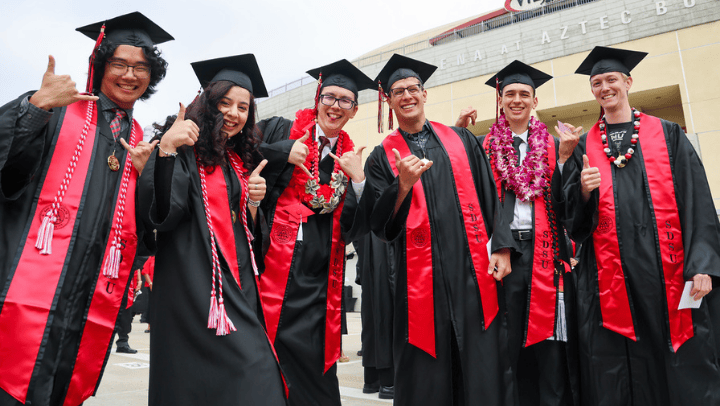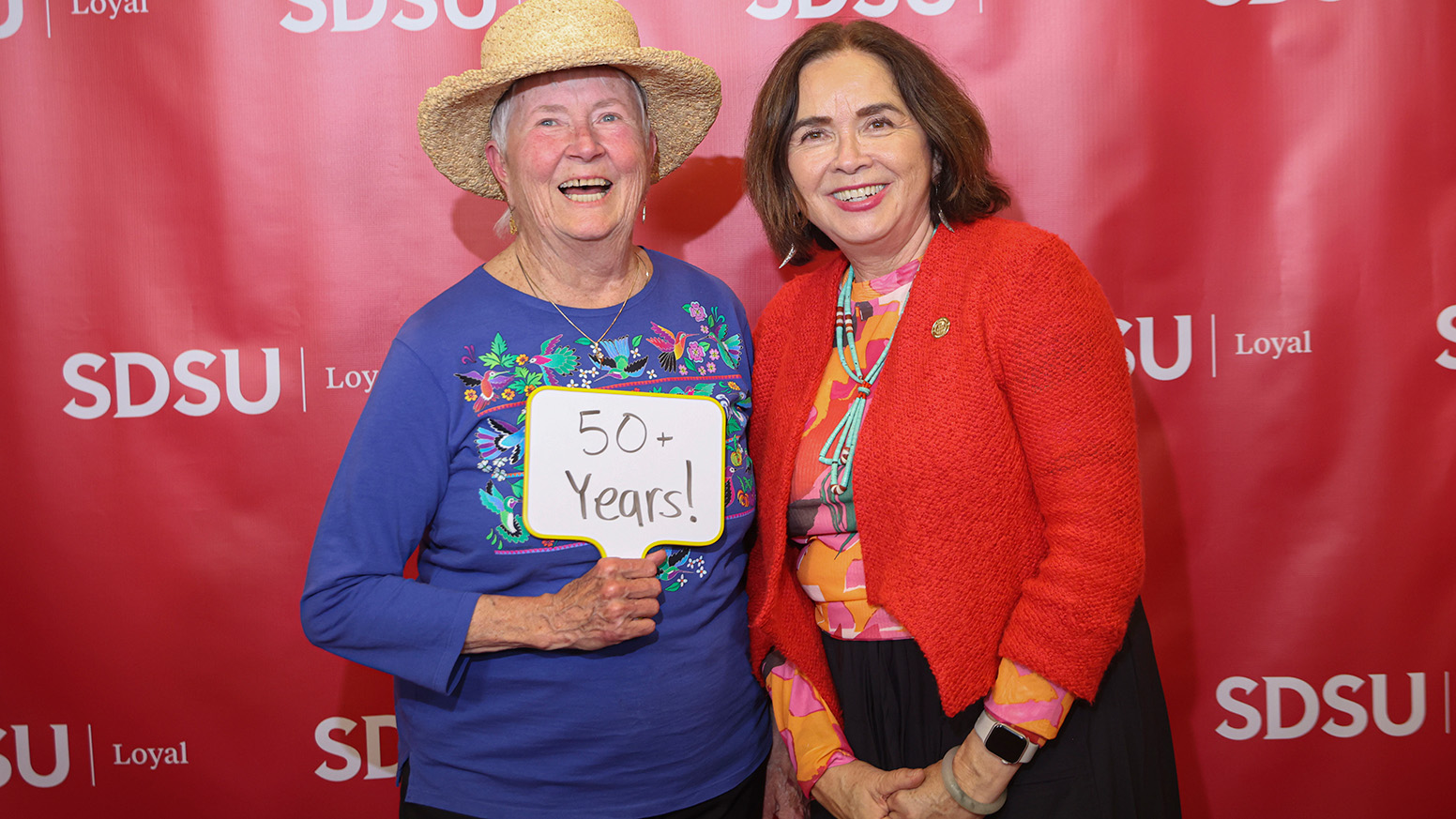Partnership Aims to Increase Teacher Diversity, Bilingual Education
A federally supported grant creates a pathway to the teaching program from three local community colleges.

San Diego State University and three San Diego County community colleges have forged a federally-funded partnership to help close California’s teacher-student diversity gap and meet growing needs for bilingual educators.
Supported by a $3.7 million Hispanic-Serving Institutions (HSI) grant from the U.S. Department of Education, the five-year initiative will create a pathway for about 100 students per year from Southwestern College, San Diego Mesa College and San Diego City College who will transfer into SDSU’s bilingual credential programs. Students who matriculate through the program will receive stipends to cover books, professional development opportunities and exam registration fees.
The partnership is the vision of professor emeritus Karen Cadiero-Kaplan, a former chair of SDSU’s Department of Dual Language and English Learner Education (DLE).
“For me, this really shows access and equity,” Cadiero-Kaplan said. “We can bring in students from all over the country to San Diego State to become teachers, but who are the ones that are really going to fill the needs in our diverse communities?
“A lot of times students want to teach in the communities where they went to school—in their communities,” she added. “This is a great way to start that.”
Addressing disparities
According to recent data, Latinos make up more than 54 percent of California’s K-12 student body, yet only 20 percent of its teachers. Research has shown that teachers of color are effective in boosting the academic performance of students of color. Additionally, the state will need an estimated 6,000 bilingual teachers over the next 10 years.
The desire among DLE faculty to address these disparities inspired the initiative’s name—Developing Effective Bilingual Educators with Resources, which shortens to DEBER.
“DEBER translates to English from Spanish as ‘duty’—and we consider this particular initiative an institutional duty," said DLE assistant professor Saúl I. Maldonado, who will administer the grant along with assistant professor Sera Hernandez and professor Cristina Alfaro, immediate past chair of DLE and SDSU’s Provost Chair of Faculty Equity, Diversity and Inclusion.
“The hope is that we're going to set up an infrastructure with our community colleges that is so solid that it'll be sustainable beyond the grant,” said Alfaro.
Local partnerships
SDSU has found eager partners in local community colleges. Michael Wickert, professor of English and education at Southwestern College where the student body is about 70 percent Latino, said the initiative will allow him to recruit students interested in teaching from South Bay high schools and community youth organizations.
“If we can get these students interested in the teaching field early on, then the next generation is going to have a teaching core that is much more reflective of the neighborhood that they're growing up in,” Wickert said.
Laurie Lorence, professor of English and education and coordinator of the teacher education program at San Diego Mesa College, expressed similar enthusiasm. She estimates Mesa, where the student body is about 40 percent Latino, will send between 20-30 students per year to SDSU through the initiative.
“Having highly qualified and passionate teachers is, in my mind, one of the basic foundations of producing a really high quality group of citizens,” Lorence said. “This is a win-win because the students who enter the program will grow from experience. And their diversity, in matching the ethnicity of their students, will certainly help their future students grow, too. ”
Leadership position
SDSU was designated an Hispanic-Serving Institution in 2012, a U.S. Department of Education designation for universities with a Hispanic student population of at least 25 percent.
The university is also California’s largest producer of bilingual teachers—a leadership position it owes to its decision not to abandon its dual-language education department when statewide legislation eliminated bilingual education in 1998. When bilingual education restrictions were repealed in 2016, DLE was—and still is—the state’s only autonomous bilingual education program.
“To amplify the number of educators with culturally and linguistically diverse backgrounds—or just a sense of advocacy for cultural and linguistic plurality in schools—is a contribution that our department has been all about for decades,” Maldonado said.



